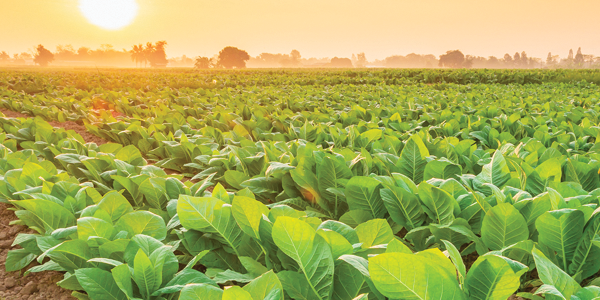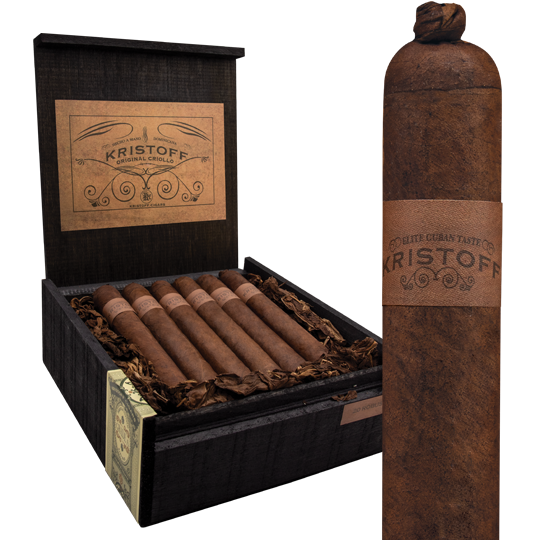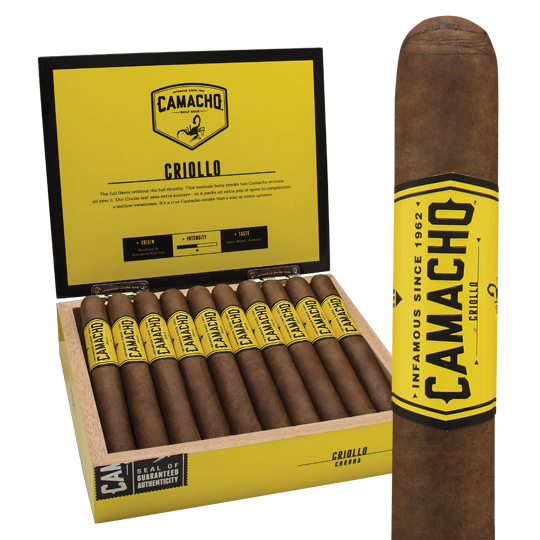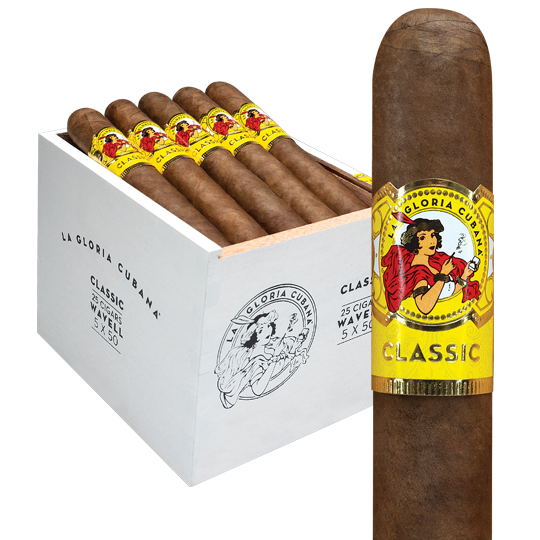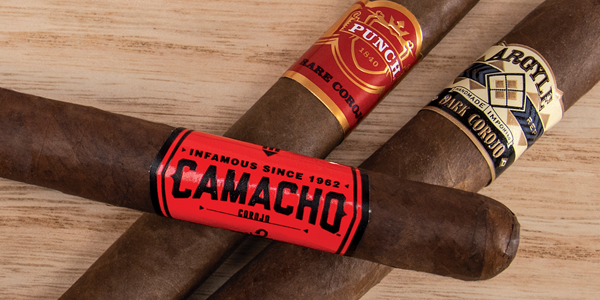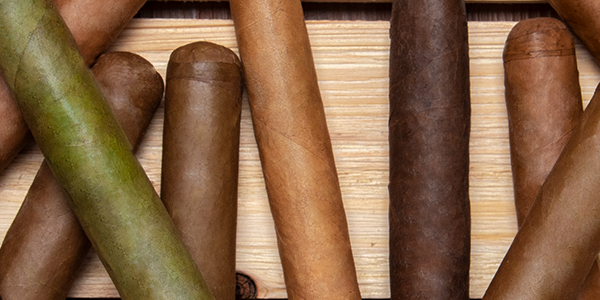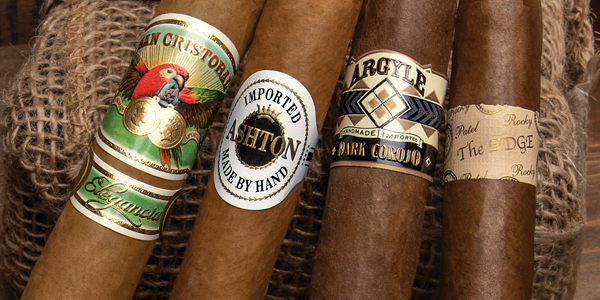Criollo Cigars
One of the original Cuban cigar tobaccos, Criollo, or “native seed,” is thought to have emerged during the time that Christopher Columbus arrived in Cuba and the other Caribbean islands. The Criollo seed is the genetic model that is the basis for all seeds officially developed and planted in Cuba. Today, the term Criollo is used to refer to tobaccos grown in different countries and, even in Cuba, the term was applied to the hybrid Criollo ‘98, which was resistant to blue mold.
How Criollo Was Used
Originally, sun-grown Criollo tobacco was used in all parts of the Cuban cigar. That changed with the unofficial introduction of Corojo tobacco, which was better as a wrapper. Criollo was relegated to being mostly filler. Later, after discovering that Criollo grown in the shade made for a good wrapper leaf, it made a comeback, but in Nicaragua.
Nicaraguan Criollo
Some of the first shade Criollo grown for wrapper was in the Jalapa Valley, in the north of Nicaragua near the border with Honduras. This version of Criollo has a fairly sweet character. The Criollo grown near Estelí, a bit south of Jalapa, is earthier and nuttier. Like other seeds, the first Nicaraguan Criollo was developed from seeds smuggled in from Cuba. The first of these cigars hit the market in 2001.
Criollo Cigars
Among the tastier and best Criollo cigars, the Kristoff Criollo uses Nicaraguan Criollo as wrapper leaf. Made in the Dominican Republic, the Kristoff Criollo’s Nicaraguan wrapper embraces a hearty blend of Dominican and Nicaraguan long-fillers. This is a medium-full blend available in a chubby Robusto, 5.5 x 54, about $8, and a Toro, the Matador, at 6.5 x 56, about $9.50. This small-batch cigar carries some complexity in the form of chestnuts, cedar, cashews, and black pepper with an underlying earthiness. The finish is smooth. This is a very well-constructed cigar, smoking consistently and burning evenly.
You can also sample a Honduran Criollo wrapper in Camacho Criollo, which is easy to spot with its bright-yellow, elongated cigar band. And, the popular Cuban-legacy brand, La Gloria Cubana, released Criollo de Oro, which is blended with a hybrid wrapper created from Criollo ’98 and Pele de Oro seed varietals. Both cigars deliver earthy, meaty taste with a fair amount of spice.

